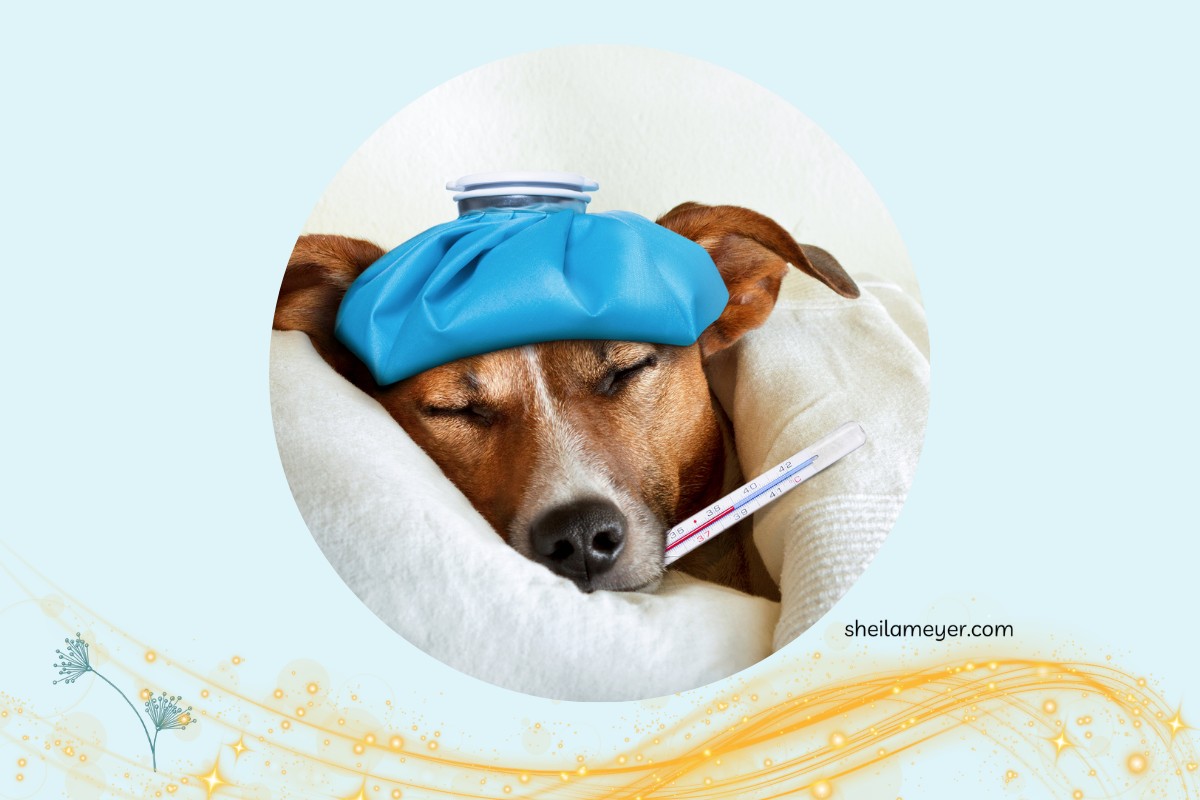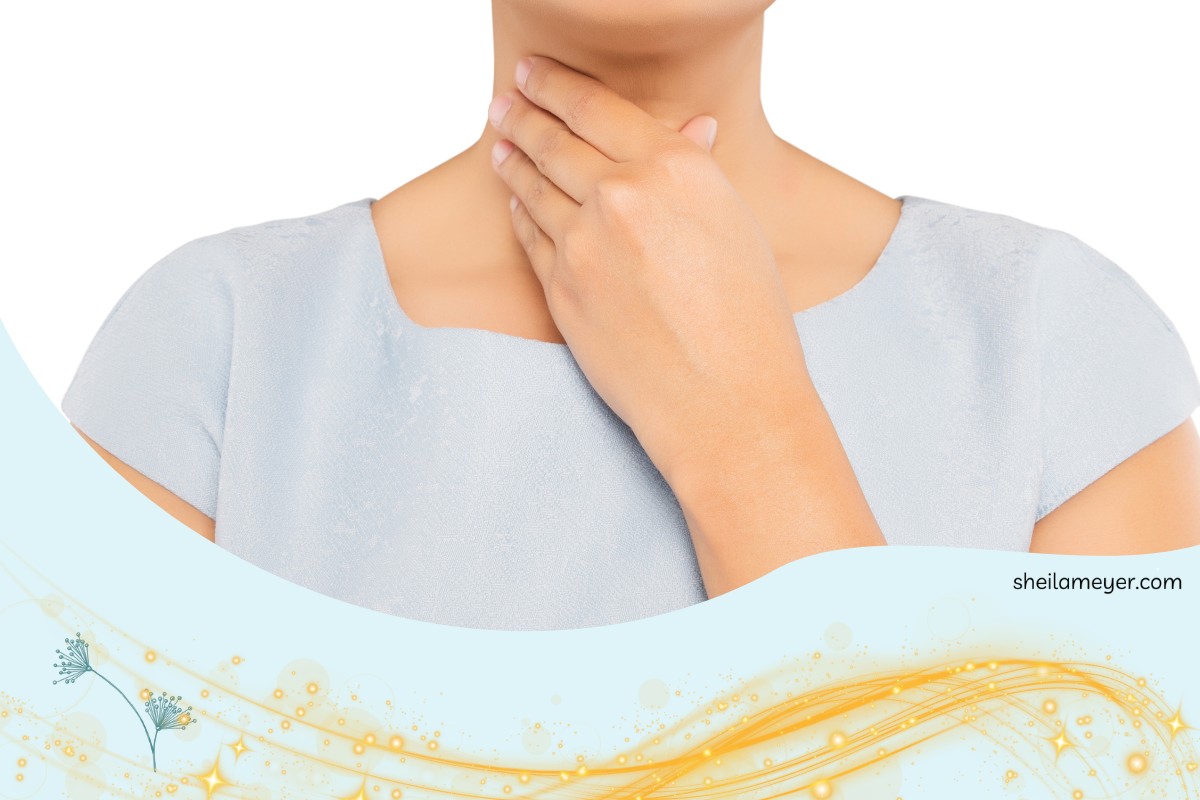
For some people nails without nail polish is like a face without makeup. They just do not feel fully dressed without it. To me, however, nail polish always smells like turpentine. How safe are they?
It may not come as a surprise that nail polish ingredients are NOT required to be FDA approved before being stocked on store shelves. Many of these ingredients are ... among other things ... endocrine disruptors.
Top Five Toxic Ingredients
- Toluene - neurological damage, impaired breathing, hearing loss, nausea, developmental impairment, reproductive damage, immune system toxicity and blood cancers
- Dibutyl Phthalate (DBP) - endocrine disruptor and mimics hormone estrogen in the body, causes organ damage (liver), reproduction and developmental problems
- Formaldehyde - considered a carcinogen (throat, nose, blood) by the National Cancer Institute; chronic health issues like asthma, convulsions, nausea, miscarriages, and abnormal fetal development. Banned 100% in Japan and Sweden
- Formaldehyde Resin - can cause severe skin irritation, allergic reactions, skin depigmentation and loss of nerve sensation
- Camphor - shown to trigger severe skin irritation and allergic reactions when applied topically, inhaling its fumes can cause nausea, dizziness, and headaches, organ damage....such as liver dysfunction
"It Is Only Toxic When Wet"
Actually, a study suggests that we absorb at least one hormone-disrupting chemical per each polish application.
TPP (Triphenyl Phosphate) ... a hormone-disrupting chemical in about 49% of 3000 polishes ... is used to make the polish stick stronger to the nail. When TPP is metabolized the body creates DPHP (Diphenyl Phosphate). In a study urine samples "before" polish was applied were compared to urine samples "after" the polish was applied. There was a sharp increase after 14hrs of polish being directly applied to the nails. This is proof that polish chemicals get absorbed long after the polish dries.
What about other types of polish?
Gel Polish
This application may require exposure to UV light, a known cancer risk. Some are using LED light which is safer.
The removal of the gel polish is destructive to the nail plate:
> nails are soaked in "acetone"
> buffing/scraping/peeling off polish
Nails can become brittle and dry if worn for long periods.
Powder Dip Polish
This method applies a bonding polish which acts as an adhesive for the polish. There are two different methods for powder application:
- nails are dipped into the powder
- powder is brush applied
If a common dipping bowl is used for multiple people, or a clean brush is not used for each client, there is an increased risk of bacteria, fungi and viruses. In addition, there is a harsh removal process similar to that of gel polish damaging the nail plate.
"Non-Toxic" Polish
Non-toxic polish was first labeled "3-free". This was an indication that the top 3 toxic ingredients had been removed. Unfortunately, they were replaced with other potentially harmful chemical. As these chemicals became identified a new "5-free" label was introduced ... then a "7-free" ... a "10-free" and even a "13-free" non-toxic polish.
The problem with these "non-toxic" polishes is that they still have that characteristic smell of polish. These polishes can still contain "acetates" ... ethyl acetate for example ... commonly used as solvents for varnishes and lacquers.
So, if you do not want the possible effects of toxic chemicals ... but, on the other hand ... feel naked without nail polish, check out a "Water-Based" polish such as Suncoat or Kapa Nui. These contain no flammable or toxic ingredients.
Did you enjoy this tip? If so, you will love some of my other tips! Check it out here.
Check out my other online resources HERE and learn more about how to enjoy life despite stressors.
Check out one of my videos.

















